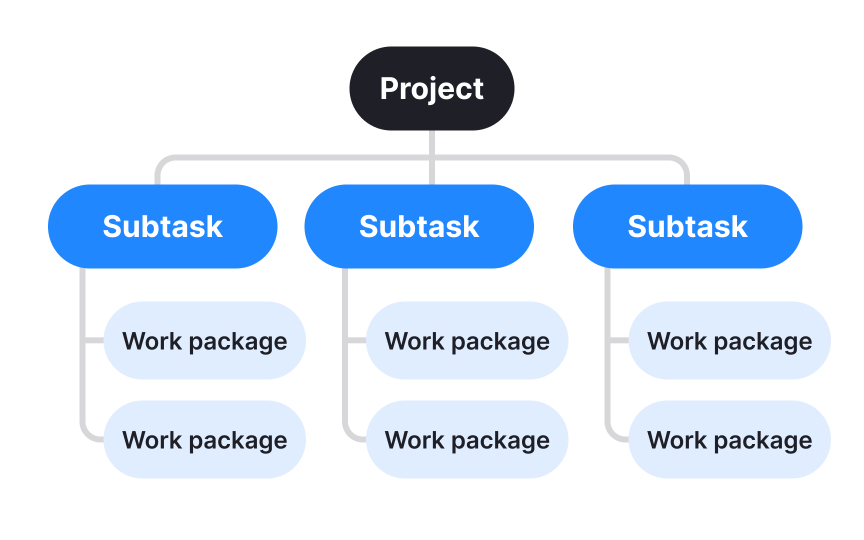Creating task breakdown structures
Task breakdown structures divide large implementation projects into smaller, manageable pieces. They transform big, intimidating changes into clear steps that teams can tackle one by one. This approach helps prevent being overwhelmed and creates a realistic sense of progress as individual tasks are completed. A good task breakdown follows a hierarchical pattern — starting with major deliverables, then breaking each into components, and further dividing into specific tasks. Each task should be clear, achievable, and assigned to a specific person with a deadline. Tasks should also identify dependencies: what must be completed before this task can start and what's waiting on this task to finish.
When creating task breakdowns, consider the following:
- Size of tasks (ideally completable within 1-3 days)
- Dependencies between tasks
- Skills required for each task
- Logical grouping of related tasks
- Clear definitions of "done" for each task
Tools like work breakdown structures (WBS), Gantt charts, or kanban boards can help visualize these relationships. Popular project management software like Asana, Monday.com, or ClickUp offers templates specifically designed for task breakdown structures.

